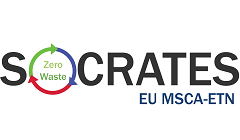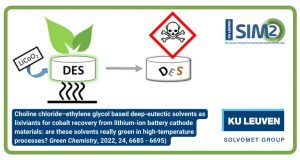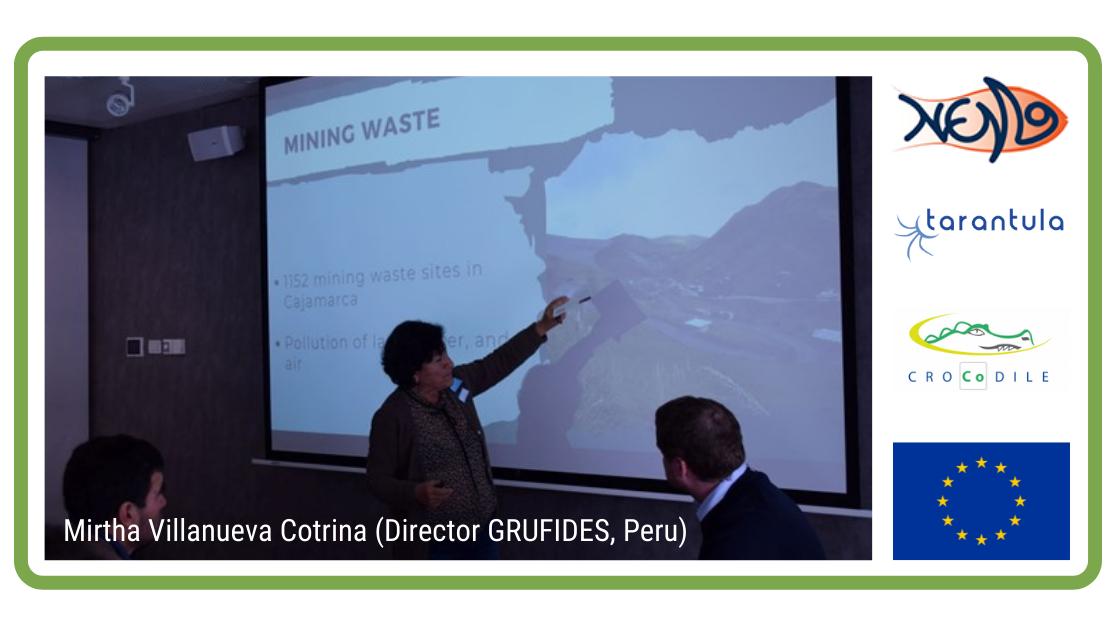How can we future-proof alkali-activation technology, going beyond well-established precursors such as fly ash and blast furnace slag? Can widespread clay minerals play a future role in sustainable cement (i.e. cement with a substantially lower CO2 footprint), thereby playing a key role in the transition to a climate-neutral economy, as called for in the European Green Deal? Researchers from SIM² KU Leuven published a critical review paper on this topic of alkali-activation of clay minerals in the journal Cement and Concrete Research together with colleagues from the Universities of Bath and Leeds.
Significant progress has been made in recent years in understanding the fundamental mechanisms of the activation process of alkali-activated materials (AAMs), as well as more applied aspects such as appropriate testing procedures and life cycle analysis.
A vast range of precursors has been investigated, such as construction and demolition waste, non-ferrous metallurgy slags, amongst others. However, the depth of understanding required for commercial adoption is so far limited to a very few precursors: fly ash from coal combustion, blast furnace slag (GGBS) from the iron making process, and metakaolin obtained from calcination of kaolinitic clays.
Limits to fly ash and GGBS usage
Although their viability as precursors has been proven, there is a growing move to look beyond these three resources. Fly ash and GGBS will continue to be produced in large quantities into the 21st century, but changes in industrial production and geographical distribution mean they are not guaranteed to be universally available for mass-scale AAMs production.
Utilisation rates of coal combustion by-products (including fly ash) are already as high as >90% in Europe and Japan, although this is lower (<15%) in other regions such as Middle East, Africa and Asia.
There is a debate over whether these are more efficiently used as high volume replacement supplementary cementitious materials (SCMs) in blended Portland cement systems, rather than as precursors in AAMs.
Although the construction industry is still the biggest consumer of these resources, there are numerous other potential applications for fly ash such as catalysts for the recovery of metals, and emerging uses of GGBS such as carbon sequestration and soil remediation in farmland.
Sustainability credentials are eroded by the use of long distance transport when there are not production sites in close proximity to cement plants, for example, the importing of fly ash from China to the UK. Questions also remain over how to fairly assign their environmental impacts as by-products of industrial processes, rather than simply as waste.
Clay minerals
Clay minerals, beyond just high purity kaolinite, are a diverse and abundant aluminosilicate resource that has the potential to supply scalable, widely available and adaptable precursors for cementitious materials in general, including AAM production.
There has been a recent focus on the use of lower purity clay resources for AAM production, as well as LC3 cements, and how to test their reactivity. Many of the findings from research into clay minerals as SCMs in Portland cement-based systems (as well as other engineering fields) are transferrable to AAMs, particularly around reactivity and measurement thereof.
But as is elaborated in this review, much of the research is not ‘system-agnostic’, due to the different reaction pathways and pore solutions found in AAMs. Hence, specific research is required to understand and validate the use of clay minerals in AAMs.
Critical review paper
The starting point of the review is a brief overview of clay mineralogy, with a focus on the characteristics which influence reactivity and reaction pathways in AAMs.
From the large range of clay minerals in existence, this review focuses on kaolinite, halloysite, montmorillonite and illite. These were selected to give insights from comparisons within, and between, 1:1 clay mineral (kaolinite, halloysite) and 2:1 clay minerals (montmorillonite, illite).
Other clay minerals, a small number of which have been investigated in alkali activation, are too numerous to be reviewed here – descriptions of the variety of clay minerals and their mineralogy can be found elsewhere.
Given that kaolinite (and metakaolin) have been exhaustively studied, these are considered here largely as a reference point for other clay minerals. The most recent understanding on the alkali-activation process is briefly presented, as is relevant to clay minerals.
From then, the activation of these clay minerals as individual precursors is evaluated, considering the influences of processing, activator composition as well as the clay minerals themselves.
Given that clay resources are often low purity mixtures of clay minerals, analysis is then extended to studies of lower purity and/or mixed resources (common clay deposits, soils), before concluding with insights on the remaining opportunities and challenges for this field.
Highlights
Alkali-activated materials can be made from widespread clay minerals
Clay type and treatment conditions influence fresh properties and phase formation
Lower crystallinity clay deposits are promising for scaled up production
A one-size-fits-all approach cannot be used for different clay minerals
Full reference of the paper
Ahmed Z. Khalifa, Özlem Cizer, Yiannis Pontikes, Andrew Heath, Pascaline Patureau, Susan A. Bernal, Alastair T.M. Marsh, Advances in alkali-activation of clay minerals, Cement and Concrete Research, Volume 132, 2020, 106050, https://doi.org/10.1016/j.cemconres.2020.106050
Acknowledgements
A.Z. Khalifa is supported by the Research Foundation – Flanders (FWO) research project G0C2615N. The research contributed by A.T.M. Marsh in this review was sponsored by the UK Engineering and Physical Sciences Research Council (EPSRC) through grants EP/L016869/1 and EP/R001642/1, and a University of Bath Research Scholarship. Participation of S.A. Bernal was partially sponsored by EPSRC through grants EP/R001642/1 and EP/T008407/1, and National Science Foundation (NSF) through award 1903457.
SIM² KU Leuven?
SIM² KU Leuven is the KU Leuven Institute for Sustainable Metals and Minerals (SIM² in short). SIM² is one of the four official KU Leuven Institutes that were endorsed by the KU Leuven Academic Council in November 2019. SIM² has more than 220 members, coming from a wide range of (interdisciplinary) research groups and departments at KU Leuven. SIM²’s missions is “to develop, organise & implement problem-driven, science-deep research & future-oriented education, contributing to the environmentally friendly production & recycling of metals, minerals & engineered materials, supporting (…) a climate-friendly, circular-economy”. Read more about the new KU Leuven Institute here. Follow SIM² on LinkedIn: https://www.linkedin.com/company/18118889







